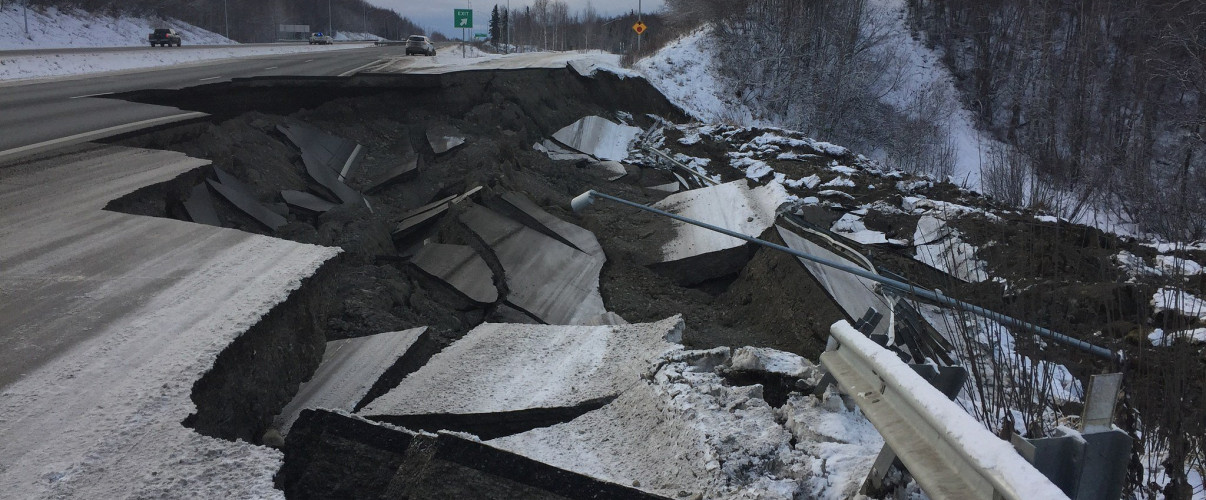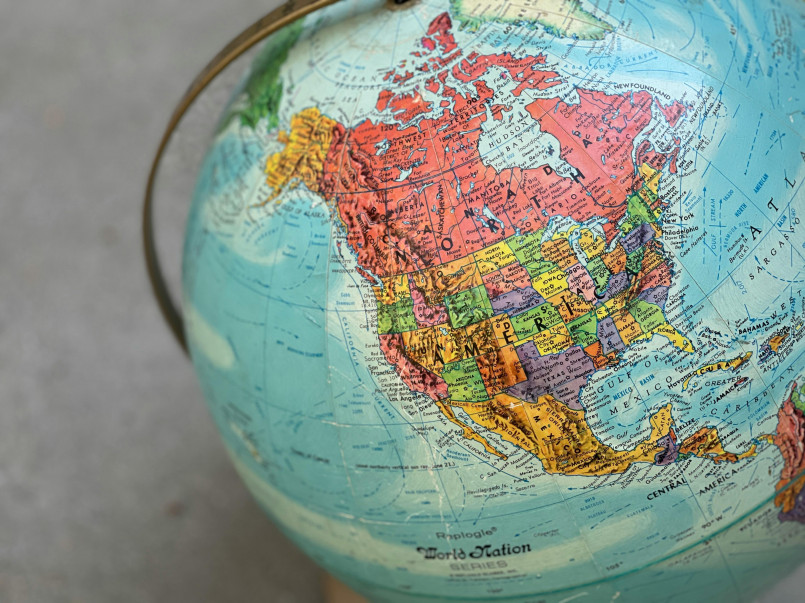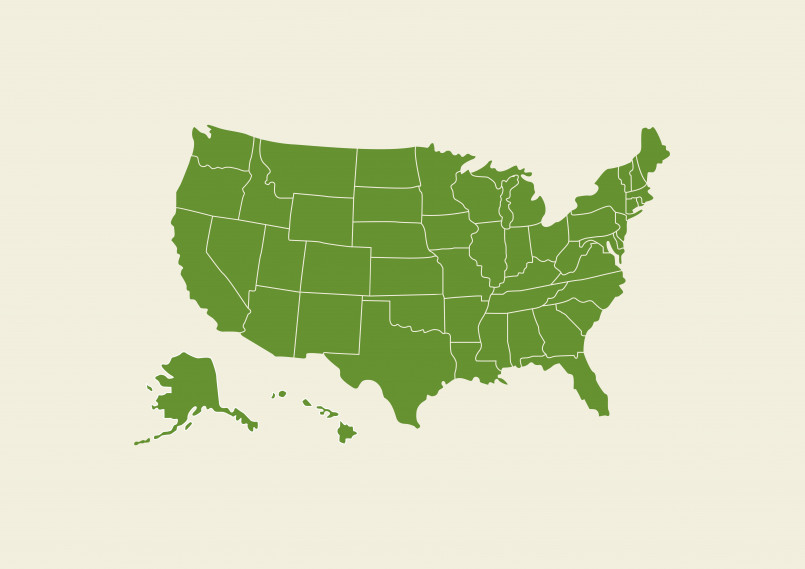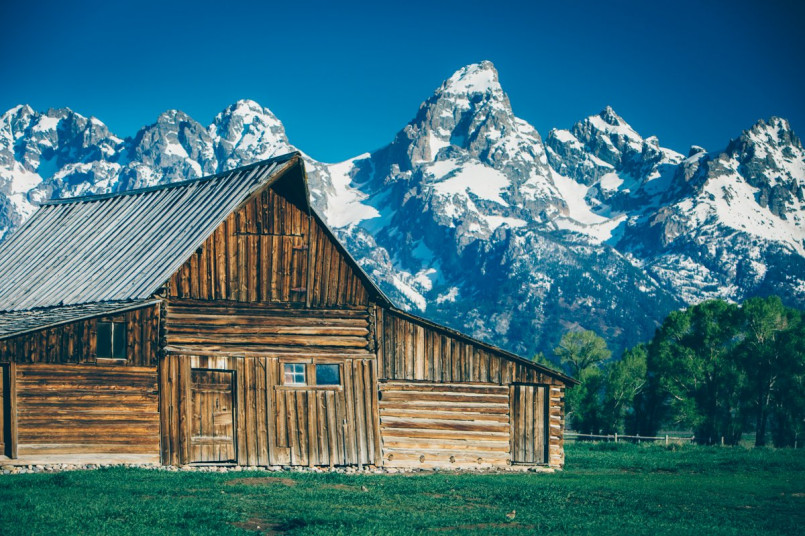Alaska experiences more earthquakes than all other 49 states combined. With over 20,000 seismic events annually, this geological wonder sits at a perfect storm of tectonic activity that makes it one of Earth's most unstable regions.
Alaska shakes, rattles, and rolls more than any other state in the United States. With approximately 20,000 earthquakes recorded annually-that's an astonishing 55 per day-Alaska accounts for roughly 80% of all seismic activity in North America. To put this in perspective, Alaska experiences more earthquakes than all other 49 states combined. But why does this massive northern state rumble so frequently?
The answer lies deep beneath Alaska's stunning landscapes, where powerful geological forces have been at work for millions of years. From its position along the volatile Pacific Ring of Fire to its unique tectonic setting, Alaska represents a perfect storm of seismic conditions that have shaped its terrain and continue to influence life for its residents.
Alaska's Position on the Pacific Ring of Fire
Alaska sits prominently along the northern section of the Pacific Ring of Fire-a 25,000-mile horseshoe-shaped zone encircling the Pacific Ocean where approximately 90% of the world's earthquakes occur. This volatile region marks the boundaries between major tectonic plates that are constantly in motion.
The Ring of Fire earned its name not only from the abundance of earthquakes but also from the chain of active volcanoes that punctuate this boundary. Alaska itself hosts more than 130 volcanoes and volcanic centers, about 90 of which have been active within the last 10,000 years. This volcanic activity is directly related to the same tectonic processes that generate earthquakes.

The constant friction and pressure between these massive tectonic plates-primarily the Pacific Plate and the North American Plate-creates stress that periodically releases as seismic energy. This positioning makes Alaska particularly vulnerable to frequent and powerful earthquakes.
The Aleutian Subduction Zone
Perhaps the most significant contributor to Alaska's seismic activity is the Aleutian Subduction Zone, where the Pacific Plate is diving beneath the North American Plate at a rate of approximately 2.5 inches per year. This subduction zone stretches over 2,100 miles along the southern coast of Alaska and the Aleutian Islands.
Subduction zones are known for producing the world's largest earthquakes, often called megathrust earthquakes. As the Pacific Plate pushes beneath the North American Plate, tremendous pressure builds up over time. When this pressure eventually releases, it can trigger massive earthquakes.
The Aleutian Trench, formed by this subduction process, reaches depths of over 25,000 feet below sea level. This deep oceanic trench marks the boundary where the two plates meet and serves as the epicenter for many of Alaska's most powerful earthquakes.
Alaska's Complex Network of Fault Lines
Beyond the main subduction zone, Alaska is crisscrossed by numerous additional fault lines. The Denali Fault, stretching approximately 720 miles across the state, is one of the most significant. This strike-slip fault (where plates slide horizontally past each other) is similar to California's San Andreas Fault but poses an even greater risk in many ways.
The Queen Charlotte Fault runs along the southeastern Alaska Panhandle and has produced several significant earthquakes throughout recorded history. Other notable fault systems include the Fairweather Fault and the Castle Mountain Fault near Anchorage.
This intricate network of fault lines creates a geological landscape where seismic stress can accumulate and release in various locations and in different ways. The complexity of these systems makes Alaska a natural laboratory for seismologists studying earthquake dynamics.
Major Historic Earthquakes in Alaska
Alaska's seismic history includes some of the most powerful earthquakes ever recorded in North America. The most infamous was the Great Alaska Earthquake of 1964, also known as the Good Friday Earthquake. With a magnitude of 9.2, it remains the second-largest earthquake ever recorded worldwide and the largest in North American history.
The 1964 quake lasted for a staggering four minutes and caused widespread destruction, including:
- 131 deaths across Alaska
- Tsunamis that reached heights of over 200 feet in some locations
- Vertical displacement of land by up to 38 feet in some areas
- Property damage estimated at $311 million (equivalent to over $2.6 billion today)
More recently, the November 2018 Anchorage earthquake (magnitude 7.1) caused significant damage to infrastructure but, remarkably, no loss of life-a testament to Alaska's improved building codes and earthquake preparedness.
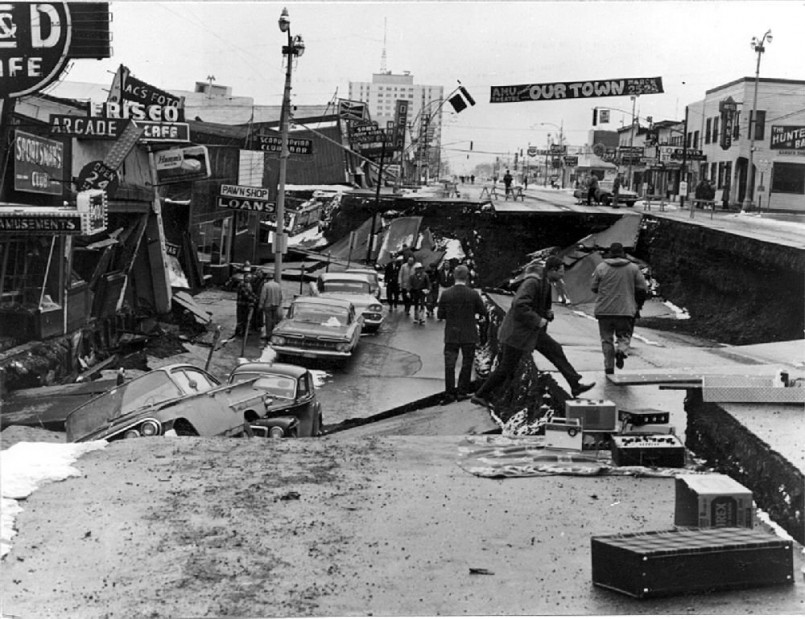
How Alaska Monitors Earthquake Activity
Given its seismic reality, Alaska has developed one of the most sophisticated earthquake monitoring systems in the world. The Alaska Earthquake Center, operated by the University of Alaska Fairbanks, maintains a network of over 400 seismic monitoring stations throughout the state.
These monitoring stations track earthquake activity 24 hours a day, providing critical data to scientists and emergency management officials. The information collected helps improve earthquake prediction models and informs building codes and emergency response plans.
Alaska also participates in the USGS Advanced National Seismic System and the Pacific Tsunami Warning Center, which provides early warning for potential tsunamis that might result from underwater earthquakes.
Additionally, the state has implemented ShakeAlert, an earthquake early warning system that can provide seconds to minutes of warning before shaking arrives at a given location-potentially giving people vital time to take protective actions.
Earthquake Preparedness in Alaska
Living with the constant threat of earthquakes has made Alaskans among the most earthquake-prepared citizens in the United States. The state has implemented strict building codes designed to withstand significant seismic events, particularly after the devastating 1964 earthquake.
Schools and businesses regularly conduct earthquake drills, and most Alaskans maintain emergency kits containing essentials like:
- Water (one gallon per person per day for at least three days)
- Non-perishable food
- First aid supplies
- Flashlights and batteries
- Emergency radio
- Warm clothing and blankets (especially important in Alaska's cold climate)
Public education campaigns, such as "Drop, Cover, and Hold On," have become second nature to most residents. This widespread preparedness has undoubtedly saved countless lives during major earthquakes.

The Connection Between Climate Change and Seismic Activity
Recent research has begun exploring potential connections between climate change and seismic activity in Alaska. As glaciers melt and retreat-a process accelerating due to global warming-the earth's crust experiences a phenomenon called "isostatic rebound" where the land rises after being freed from the weight of ice.
Scientists believe this process may be affecting the stress patterns on faults beneath and near these glacial systems. A 2015 study published in the journal Earth and Planetary Science Letters suggested that melting ice in Alaska could be triggering additional earthquakes by changing the pressure distribution on the underlying tectonic plates.
While research in this area is still developing, it represents yet another fascinating aspect of Alaska's complex seismic profile and raises important questions about how climate change might influence geological processes in the future.
Frequently Asked Questions About Alaska's Earthquake Mystery: 7 Shocking Reasons It's America's Shakiest State
Why does Alaska have more earthquakes than California?
Alaska experiences more earthquakes than California primarily because it sits at the intersection of multiple tectonic boundaries, including the massive Aleutian Subduction Zone. While California has the San Andreas Fault, Alaska has a more complex system with both subduction zones (which produce larger earthquakes) and numerous strike-slip faults. Additionally, Alaska's monitoring system detects many smaller earthquakes that might go unnoticed in less instrumented regions.
How often does Alaska experience major earthquakes?
Alaska experiences a magnitude 7 or greater earthquake approximately once every year, and a magnitude 8 or greater earthquake approximately once every 13 years. Smaller but still significant earthquakes (magnitude 5-6) occur almost weekly. The state averages about 55 earthquakes per day when including all magnitudes, though most are too small to be felt by humans.
Are earthquakes in Alaska getting worse due to climate change?
Scientists are studying potential links between climate change and seismic activity in Alaska. As glaciers melt, the reduced weight on the Earth's crust can cause it to rebound upward, potentially affecting stress on faults. Some research suggests this glacial isostatic rebound may be increasing small to moderate earthquake activity in certain regions of Alaska, but conclusive evidence for climate change making earthquakes systematically worse is still being gathered.
What should I do to prepare if I'm visiting Alaska?
If visiting Alaska, familiarize yourself with earthquake safety procedures: know how to "Drop, Cover, and Hold On"; learn the tsunami evacuation routes if staying in coastal areas; keep a small emergency kit with water, snacks, flashlight, and first aid supplies; download the USGS earthquake notification app; and check your accommodation's emergency procedures. Most importantly, remain calm if an earthquake occurs-Alaskans are well-prepared, and buildings are constructed to withstand significant seismic events.
Can scientists predict when the next big Alaska earthquake will happen?
Scientists cannot predict the exact timing of earthquakes with current technology. However, seismologists can identify areas with increased probability of earthquakes based on factors like fault characteristics, historical patterns, and stress accumulation. For Alaska, the Aleutian Subduction Zone remains the most likely source of a future major earthquake. Rather than focusing on prediction, Alaska emphasizes preparedness, early warning systems, and building resilient infrastructure.
